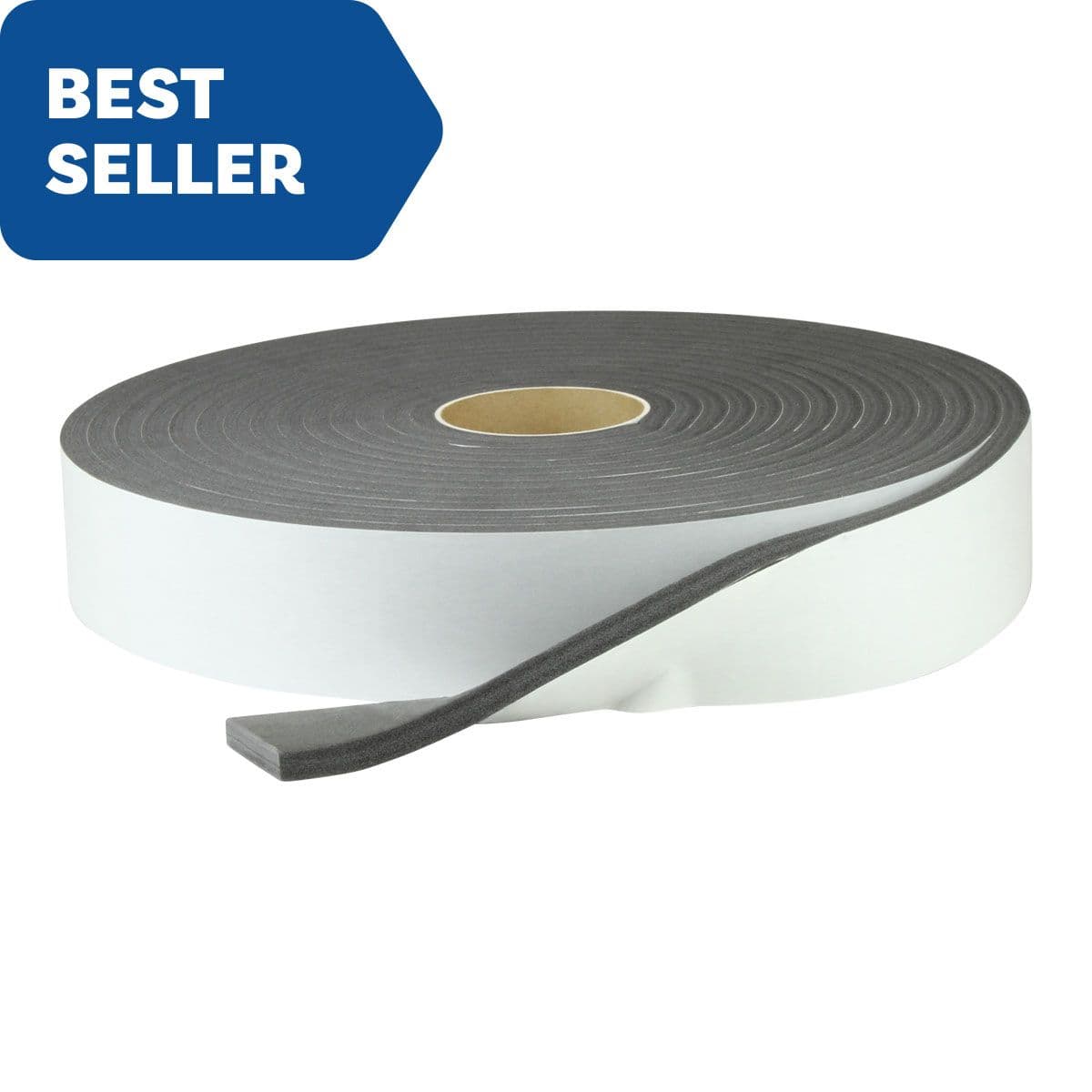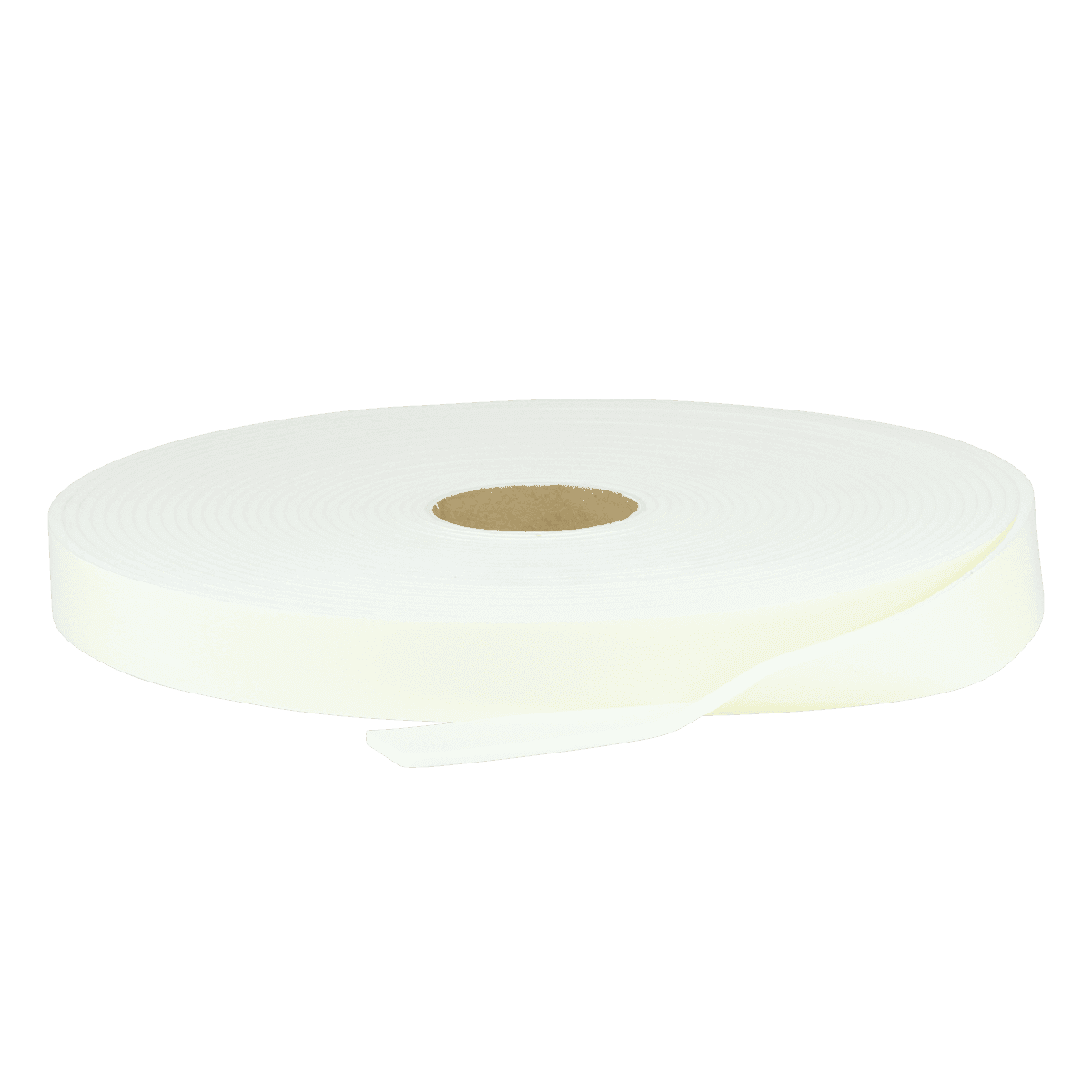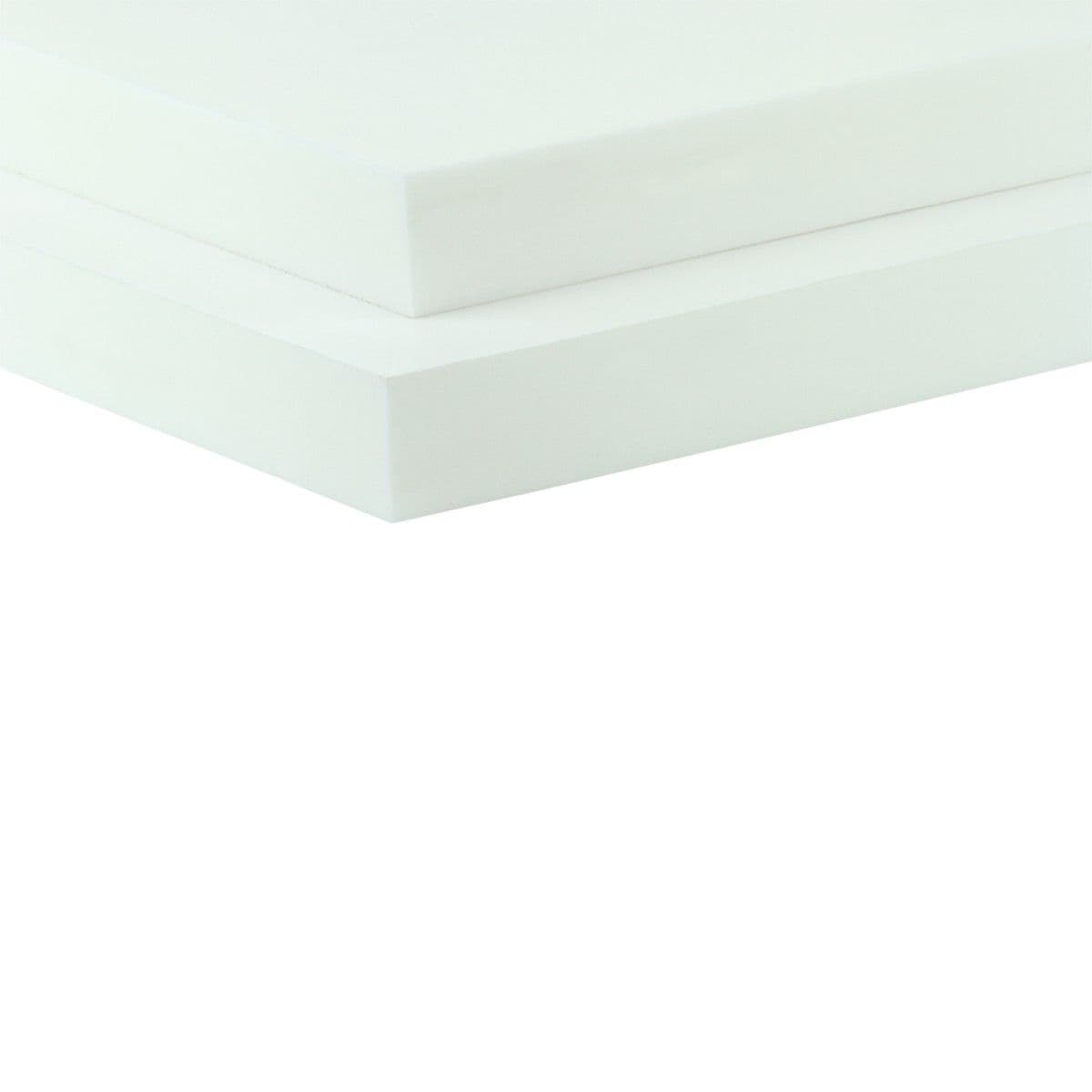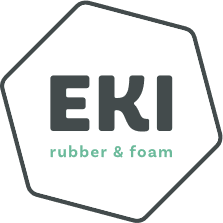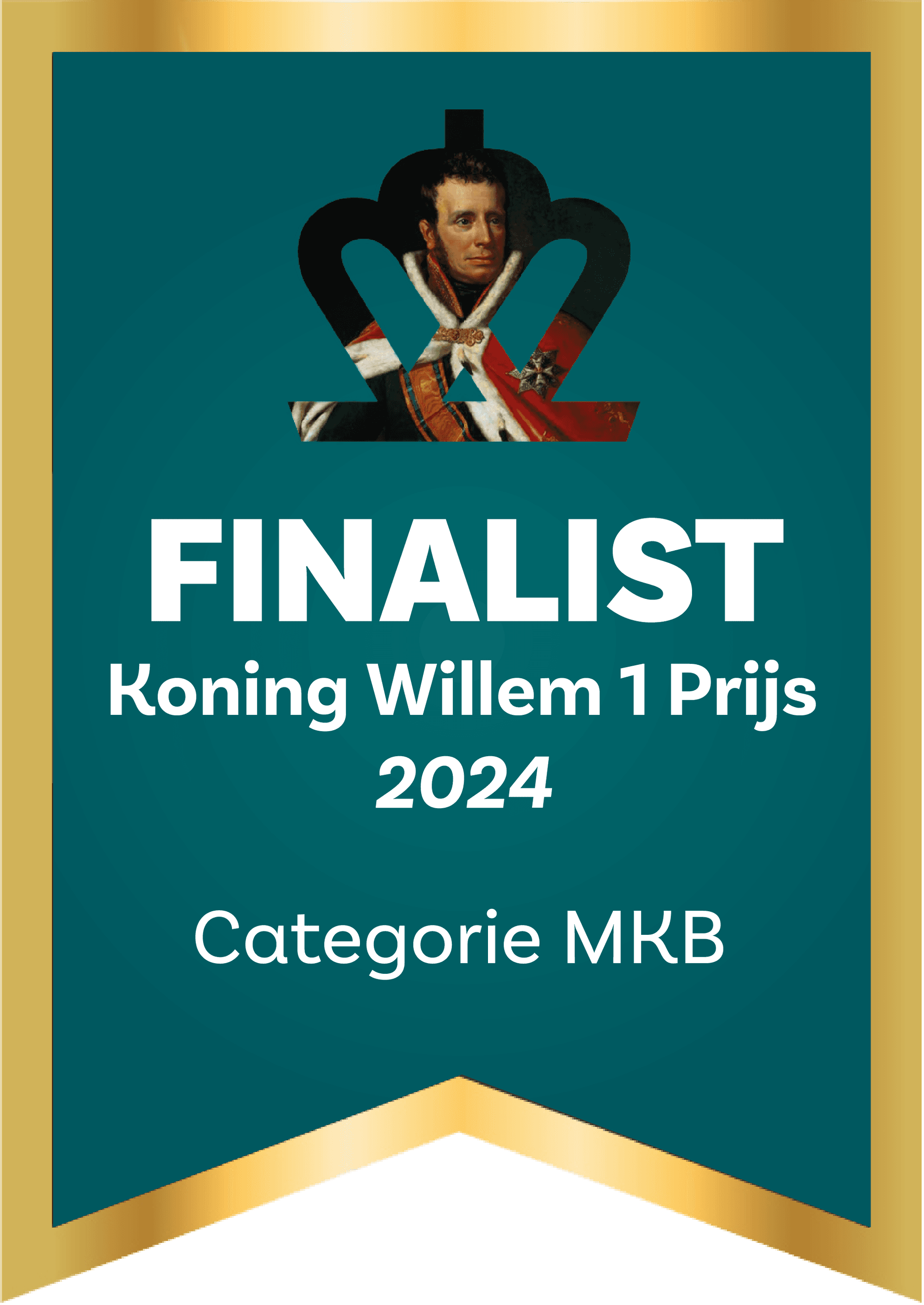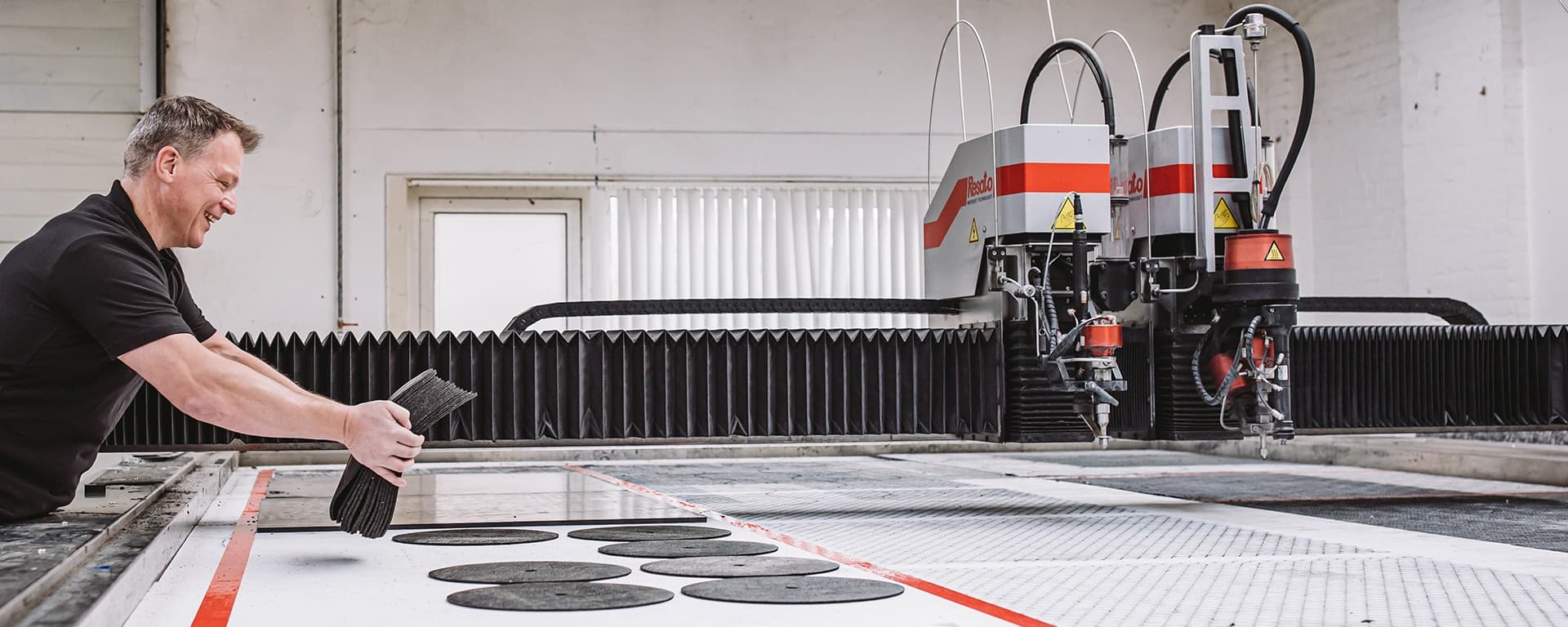
All about PE
PE is an abbreviation that stands for polyethylene. Polyethylene foam is highly versatile and can be used for various applications due to its many positive properties. You will find PE foam in thermal and sound insulation, as packaging foam, or as a seal against water or drafts. On this page, we would like to tell you more about it.
On this page:
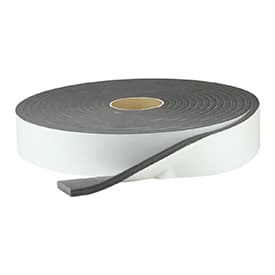
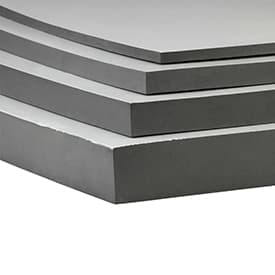
What is PE?
PE is an abbreviation for polyethylene and is a polymer of ethylene. It is produced through the radical polymerization of ethylene. PE is a thermoplastic material known for its excellent insulating properties and durability. The raw material can be processed into various products, including PE foam. It can also be made into a hard plastic, HDPE. However, EKI does not sell HDPE. It is also referred to as polyethene.
Which characteristics does PE have?
PE foam has a closed cell structure, which makes the material waterproof and weather-resistant. Additionally, it is resistant to chemicals and it has excellent mechanical properties. This means the material fully returns to its original shape after being compressed. Generally, it is a firmer foam compared to foams with an open cell structure, comparable to a firm mattress, such as 25 kg/m³ and above. PE also possesses excellent thermal and acoustic insulation properties. The foam is characterized by its light weight and high buoyancy. Polyethylene foam is easy to maintain and fully recyclable. All these attributes make it a highly versatile material with a wide range of applications.
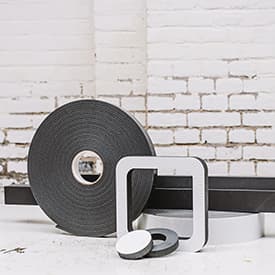
PE products from EKI
Refine your selection:
Selecting multiple choices is possible
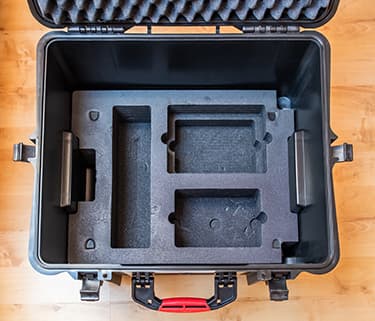
How is it applied?
Because PE is excellent for insulation, PE foam is a suitable material for use as an underlay for parquet or laminate flooring. It provides cushioning against unwanted noise and cold from underneath. Additionally, the material is also used as glazing tape, sealing tape, or insulation tape for sealing window frames, skylights, mirrors, windows, or doors. Furthermore, polyethylene foam is used to make flotation devices such as life jackets due to its high buoyancy. It can also be employed as packaging foam, for example, as filler material for boxes or suitcases. Additionally, it is suitable as an inlay for suitcases, toolboxes, or transport crates.
If the material is formed into profiles, it can also be used as closed cell back padding for sealing caulks or as pipe insulation. Finally, PE foam is used for corner protection due to its excellent shock absorption. Polyethylene foam can also be used for sealing joints with a small joint movement. For joints with significant movement, PVC foam or PU foam would be a better choice.
Frequently asked questions
Receiving advice on PE foam?
Do you have questions about PE foam or their application for your business? Please let us know using the form below. Our team of specialists will be happy to think along with you.


